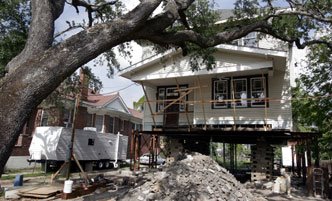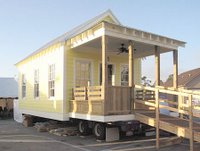A Victim Of Coicumstance
 [Curly is taking the oath]
[Curly is taking the oath]
Court Clerk: Take off your hat.
[Curly takes off his hat with his right hand]
Court Clerk: Raise your right hand.
[With his right hand, Curly puts his hat back on, and raises the hand]
Court Clerk: [gesturing to the book he is holding] Put your left hand here.
Judge: [to Curly] Take off you hat.
[Curly does so with his right hand]
Court Clerk: [to Curly] Raise your right hand.
[Curly puts his hat back on to raise the hand]
Court Clerk: [gesturing to the book he is holding] Now, put your left hand here.
Judge: [to Curly] Please, take off your hat.
[Curly does so with his right hand]
Court Clerk: [to Curly] Raise your right hand.
[Curly repeats the process]
Court Clerk: [gesturing to the book he is holding] Now, put your left hand here.
Judge: [to Curly] Will you please take off your hat?
[Curly does so with his right hand]
Court Clerk: [angrily, to Curly] Raise your RIGHT HAND.
[Curly repeats the process]
Court Clerk: [gesturing to the book he is holding] Now, put your left hand here.
Judge: [to Curly] Take off your hat.
[Curly takes off the hat and places it on his cane, which is in his right hand]
Court Clerk: [to Curly] Raise your right hand.
[Curly raises his cane with the hat on it]
Court Clerk: [taking the hat off the cane] Get rid of that hat.
[Curly takes the hat and puts it on the court clerk's head]
Curly: [with both hands on the book] Raise YOUR right hand.
[the court clerk does so, startles, takes the hat off, and places it under the book]
Court Clerk: Raise your right hand.
[Curly does so]
This scene from The Three Stooges "Disorder in the Court" is reminiscent of the kabuki dance between local courts, law enforcement, the district attorney and good government organizations. One of the problems with the justice system in New Orleans is the lack of open courts. Now the court system wont have that excuse rest on anymore.
For the first time since Hurricane Katrina, all 12 sections of Criminal District Court are back in operation today at the courthouse at 2700 Tulane Ave.Though I wouldn't hold my breath that New Orleans' crime problem will be solved anytime soon, if ever. The court system could end up being more like "Night Court" rather than "Perry Mason".
With the completion of most of the repairs of the courthouse’s storm damage, every section again has its own courtroom, so judges are no longer forced by lack of space to hear cases in weekly shifts of six. Since returning to New Orleans in early December, the judges have worked in shifts, first at U.S. District Court and, since early June, at the Tulane Avenue building.
Having all the judges back at work at the same time “will mean that at least we’ll be back up to the point of five or six jury trials in the same day,” Division E. Judge Calvin Johnson said before taking reporters inside the cavernous court building where huge temporary air conditioning ducts, in place as recently as Friday, had disappeared.
“It’s almost a miracle when you think in terms of what we’ve had to endure,” said Johnson, recalling how the judges and staffers, toting court records and computers, were evacuated from the flooded building by boat in early September and set up shop at Southern University in Baton Rouge.
Johnson said availablity of all the courtrooms is a giant step toward normalcy, but there are still some holes to be filled, among them a need for more people to serve on juries and more lawyers to represent indigent defendants.
























